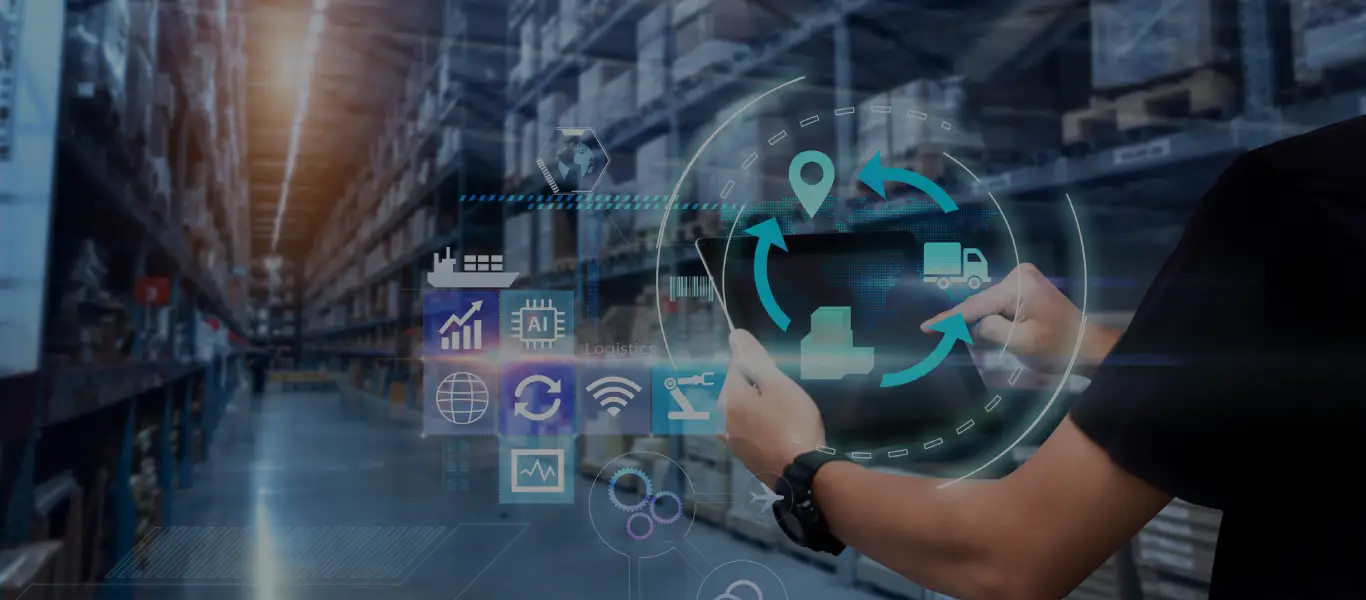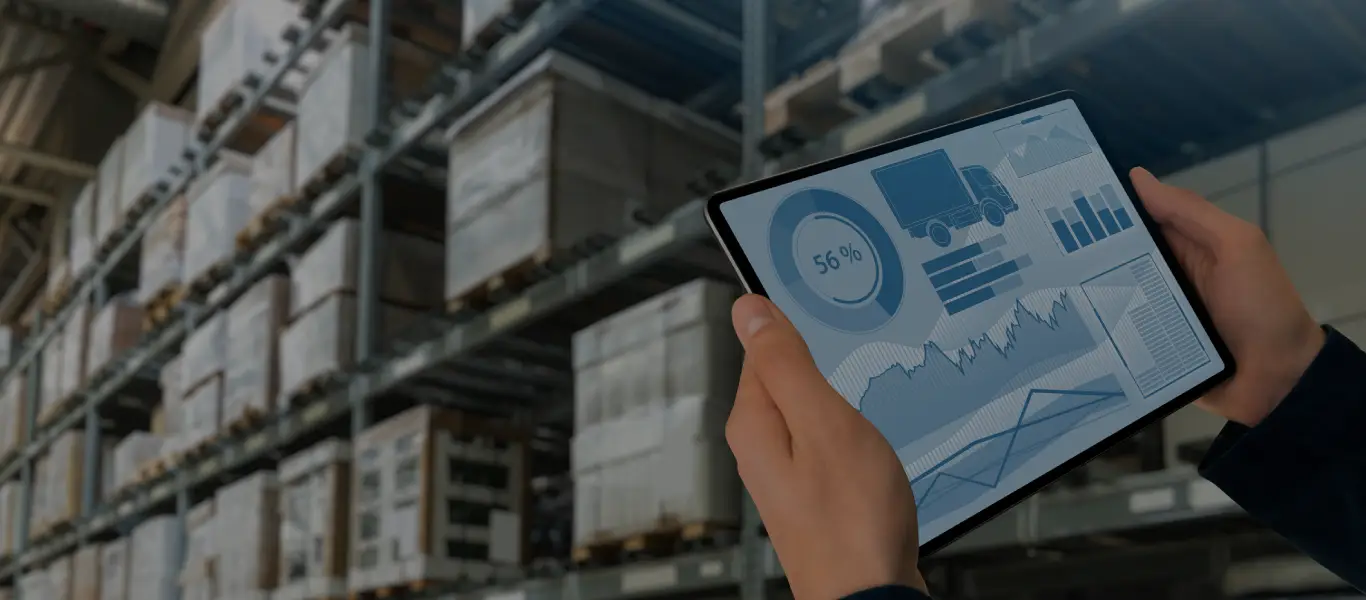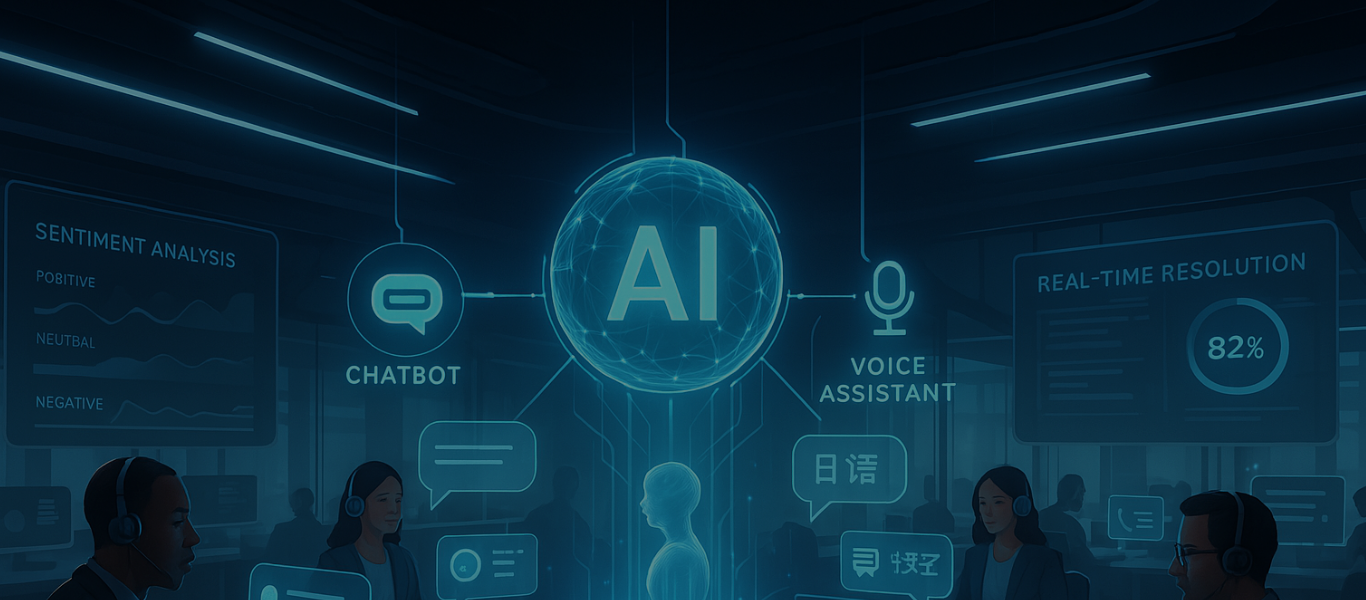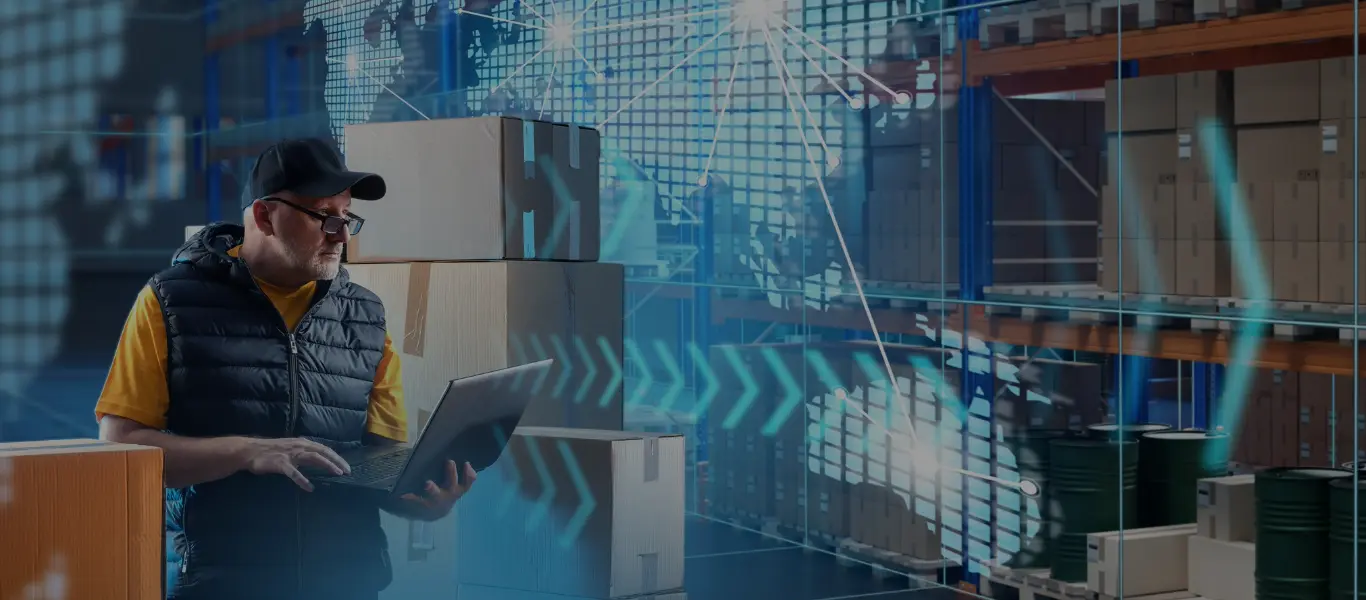Introduction
As a service provider with a deep understanding of AWS technologies and two and half decades of retail experience, we at SkillNet have seen first-hand how the right tech choices can significantly impact a business’s success and competitiveness.
In the fast-paced world of retail, leveraging the right technology can be the difference between staying ahead of the competition or falling behind. AWS serverless solutions have gained traction for their promise of scalability, cost-efficiency, and reduced operational overhead. But how do you know if serverless is right for your retail business?
This guide will help you understand when to use AWS serverless and when it might not be the best fit.
When to Leverage AWS Serverless Solutions
1. Flash Sales and Promotions:
When preparing for a high-traffic event like a Black Friday flash sale, it’s crucial to ensure your website can handle the significant surge in visitors. By using AWS Lambda and Amazon API Gateway, your website can automatically scale to handle the surge in traffic without crashing. This ensures a smooth shopping experience for your customers while maximizing sales.

Benefit: Automatic scaling and high availability during peak traffic times without manual intervention.
Tip: Optimize your Lambda functions to minimize cold start times by keeping them warm using scheduled invocations.
2. Personalized Marketing Campaigns:
When you want to send personalized email offers to customers based on their purchase history, using AWS Lambda to process data from DynamoDB, triggers real-time, personalized email campaigns. This helps deliver targeted promotions and increases customer engagement and sales.
Benefit: Real-time processing and personalized customer interactions without the need for maintaining servers.
Caution: Ensure your data processing pipeline complies with data privacy regulations like GDPR to avoid legal issues.
3. Order Processing and Inventory Management:
When a customer places an order, updating your inventory system, sending a confirmation email, and triggering the shipping process are essential tasks. AWS Step Functions can orchestrate these tasks, using AWS Lambda for each step. This ensures a seamless, scalable order processing workflow that adapts to demand fluctuations.

Benefit: Streamlined and automated workflows that adapt to fluctuating order volumes.
Fact: AWS Step Functions integrate well with other AWS services, making it easier to build complex workflows.
4. Customer Feedback Analysis:
You collect customer reviews and feedback from various sources. By leveraging AWS Lambda and Amazon Comprehend, you can analyze sentiment and categorize feedback in real time. This enables you to quickly respond to customer issues and improve your services.
Benefit: Real-time insights and quicker response times to customer feedback.
Tip: Use AWS S3 to store raw feedback data, which can then be processed by Lambda functions in batch mode if real-time processing is not required.
5. Mobile App Backend Scenario:
You’re launching a mobile app for loyalty program members to check points and receive personalized offers.
Benefit: Serverless is ideal for mobile backends, handling authentication and data retrieval without ongoing server management.
Tip: Use AWS AppSync with Lambda for real-time data synchronization across devices.
Not sure if AWS serverless is right for your retail business?
When Not to Use AWS Serverless:
1. High-Performance Data Analytics:
You need to perform complex data analytics on large datasets to predict sales trends. These tasks require significant computational power and might involve prolonged processing times. Serverless functions can introduce latency due to cold starts, which can impact performance for compute-intensive tasks.
Why Not: Cold starts and execution time limits can hinder performance for compute-heavy analytics.
Alternative: Utilize AWS EMR (Elastic MapReduce) or AWS Glue for large-scale data processing and analytics.
2. Long-Running Processes:
You’re processing large batches of sales data for end-of-day reconciliation.
Why Not: Serverless functions have time limits and aren’t suitable for tasks that run for hours.
Alternative: Consider using AWS Fargate for containers, AWS Batch for batch processing or AWS EMR for processing vast amounts of data.
3. Continuous Video Streaming:
Your retail business offers a live video streaming service for product demonstrations. These streams run continuously and require consistent performance. AWS Lambda has a maximum execution time limit of 15 minutes, making it unsuitable for long-running processes like video streaming.
Why Not: Serverless functions have execution time limits which are not suitable for continuous tasks.
Alternative: Use AWS Elemental MediaLive for handling continuous video streaming needs.
4. Point-of-Sale (POS) Systems:
Your in-store POS systems need to operate reliably with minimal latency. These systems require stateful interactions and consistent performance, which can be challenging to achieve with a stateless serverless architecture.
Why Not: Stateful applications and the need for consistent, low-latency performance are better suited for traditional server-based solutions.
Alternative: Deploy POS systems on local servers or use managed services like AWS Outposts, which bring AWS infrastructure and services on-premises.
5. Applications with Fixed, Predictable Loads:
Your inventory management system processes a consistent number of transactions every day. In such cases, the predictable workload doesn’t benefit much from the automatic scaling capabilities of serverless, and traditional EC2 instances might be more cost-effective.
Why Not: Predictable workloads may not see significant cost advantages from a serverless model.
Alternative: Consider using reserved EC2 instances, which offer significant cost savings for predictable, steady workloads.
6. Complex Dependency Management:
Your application has intricate dependencies and requires a specific server configuration that is hard to manage in a serverless environment. For instance, certain retail ERP systems might need custom setups that serverless architectures cannot easily accommodate.
Why Not: Complex dependency management can complicate serverless deployments.
Alternative: Use AWS Elastic Beanstalk or Amazon ECS (Elastic Container Service) to manage applications with complex dependencies more effectively.
7. Complex Monolithic Applications:
You have a large, interconnected inventory and order management s system that wasn’t designed with microservices in mind.
Why Not: Migrating complex monoliths to serverless can be challenging and may not yield immediate benefits.
Alternative: Start by containerizing parts of your application using Amazon ECS, then gradually move suitable components to serverless.
Conclusion
In conclusion, serverless solutions shine when dealing with variable workloads, rapid development needs, allowing you to focus on your retail business logic rather than infrastructure management. However, they’re not a one-size-fits-all solution. For consistent high-volume workloads, long-running processes, or when deep integration with legacy systems is required, traditional server-based or container solutions might be more appropriate.
Remember, the best architecture often combines different approaches. Don’t be afraid to mix serverless components with traditional servers or containers to get the best of all worlds. The key is to understand your specific retail needs and choose the tools that best serve your customers and your bottom line.
For a real-world example of AWS serverless in action, check out our case study on how a UK Health & Beauty Retail Giant Slashes Costs and Accelerated Growth with AWS Serverless Solutions
Not sure if AWS serverless is right for your retail business? We’re here to help. Contact our team of retail tech experts at aws@skillnetinc.com for a personalized evaluation of your serverless potential.














